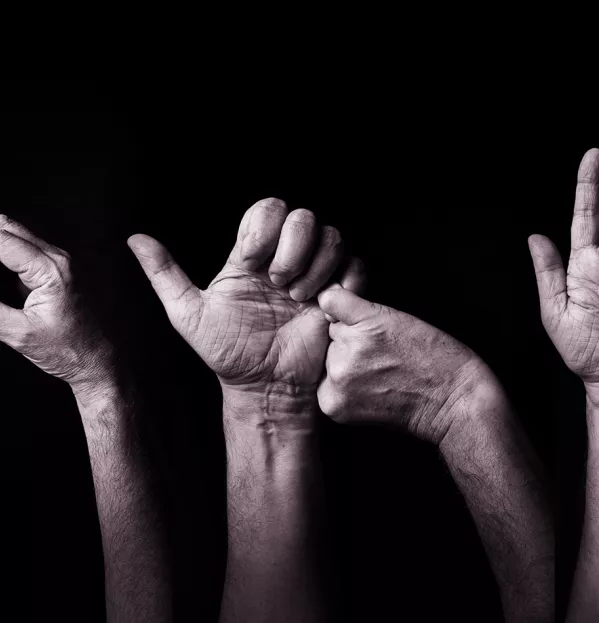When I set foot in an alternative provision school during my training in 2016, I was blown away. The school was brilliant, and the communication between teachers and students was outstanding. It didn’t take long for me to realise why this might be: in every single classroom British Sign Language (BSL) was used, to supplement verbal communication.
Children across the school were familiar with a whole array of signs, which were used regularly in lessons. I was so inspired that I went home and taught myself to sign the alphabet. And since qualifying as a teacher, I have taught the BSL alphabet to every class I have had.
This year, however, I’ve taken things further.
My class of Year 2 children took to the BSL alphabet like ducks to water. I was blown away by how fast they picked it up, how engaged they were and how eager they were to learn more. So, I introduced a couple of things: a sign of the week (for example, good morning), and a regular game in which children fingerspell a word in front of the class for the others to work out.
The impact was amazing: BSL seemed to motivate them beyond anything I could have predicted. They kept asking me: “What signs are we learning next?”
I began to see improvements in their writing, particularly their spelling. Within a week, one child went from having eight spelling mistakes in a piece of writing to one.
I was keen to take this learning opportunity and run with it, so I signed up for a cheap, introductory sign language course. I am now working my way through it and teaching my class what I learn.
We do this at the end of the day. It’s a great motivator for the children to finish their work. We have little quizzes to recap the signs, and I use them whenever possible when teaching.
The signs allow me to give simple, non-verbal instructions while teaching without interrupting the flow of a lesson. For example, making eye contact with a child and signing “good sitting” when they are starting to get restless is far less disruptive than giving an instruction verbally.
In maths, BSL has been particularly helpful, too. My class were really struggling to learn their two times tables, so instead of continuously repeating them and counting the values on a number line, we tried signing them.
The visual element of using their hands seems to have really solidified their understanding; they can see they are adding two each time, more clearly than if they were using a number line or a hundred square.
I noticed that when I started quizzing them, every child was able to sign the answer back to me, which was something they had struggled to do verbally.
The approach has been so successful that I have now begun to explore how to use it for other areas of maths. When answering questions on whiteboards, children who finish quickly can sign me their answers while other children are still working and I can sign back if they have got it right or wrong, enabling silent but effective communication while still helping other children to concentrate on solving the question themselves.
It’s been a few months since they first learned the alphabet, and they now know 250 words and phrases in BSL, and counting. I am really pleased by the impact that BSL has had on my class’ learning so far, and I’m so excited to find out how much further it can take them.
Amy Smith is Year 2 teacher in Hackney





